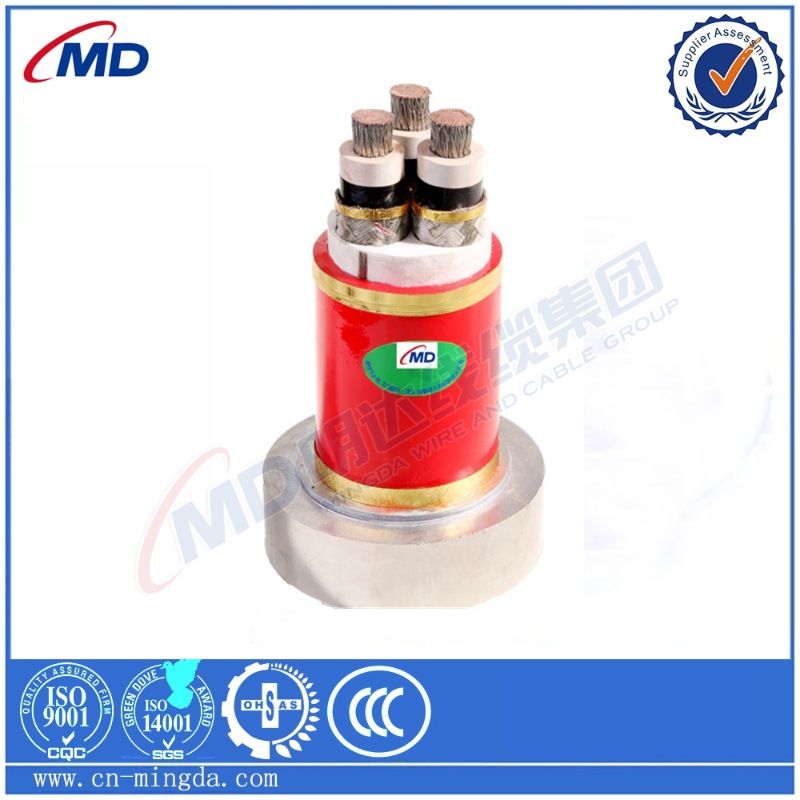Nov . 11, 2024 13:41 Back to list
water swing check valve
Understanding Water Swing Check Valves Mechanisms, Benefits, and Applications
When it comes to managing fluid systems, particularly in water distribution, the importance of effective flow control cannot be overstated. Among the various types of valves that serve to regulate flow, the water swing check valve stands out for its efficiency and reliability. This article delves into the mechanics of water swing check valves, their advantages, and common applications.
Mechanism of Operation
Water swing check valves are designed to prevent backflow in a pipeline, ensuring that water flows in one direction only. The fundamental working principle of a swing check valve revolves around a disc or flap that is hinged at the top. When water flows through the valve in the designated direction, the force of the fluid acts on the disc, allowing it to swing open. This permits the free movement of water.
However, when the flow of water ceases or attempts to reverse, gravity and the weight of the disc cause it to swing back into a closed position. This effectively seals the valve, preventing any potential backflow that could lead to contamination or damage to the system. The simplicity of this design is what makes the swing check valve a preferred choice in many water management scenarios.
Advantages of Swing Check Valves
1. Prevent Backflow The primary function of a swing check valve is to eliminate the risk of backflow, protecting the integrity of the water supply and preventing contamination from reverse flows.
2. Low Resistance to Flow Due to their design, swing check valves provide minimal hydraulic resistance. This feature ensures that water can flow smoothly through the system without undue pressure drops.
3. Simple Structure The mechanical simplicity of swing check valves translates to fewer potential failure points, making them easier to maintain over time.
water swing check valve

4. Durability Made from robust materials like cast iron, stainless steel, or PVC, these valves are capable of withstanding high pressures and varying environmental conditions, ensuring long-term reliability.
5. Cost-Effectiveness Because of their durability and low maintenance needs, swing check valves can be a cost-effective solution for long-term water management systems.
Common Applications
Swing check valves are widely used in various applications, including
- Water Treatment Plants To ensure safe and clean water distribution, preventing any backflow of treated water into untreated supplies. - Pumping Stations In these locations, swing check valves protect pumps from reverse flow, which can cause damage or malfunction.
- Irrigation Systems They help maintain proper flow direction, ensuring efficient delivery of water to crops without the risk of contamination.
- Fire Protection Systems In fire suppression systems, these valves ensure that water moves only toward the fire sprinkler heads, maintaining the system's integrity and effectiveness.
Conclusion
Water swing check valves play a crucial role in fluid management, particularly in systems where preventing backflow is essential. Their efficient design, coupled with numerous advantages and versatile applications, makes them indispensable in various industries, from municipal water supply to industrial manufacturing. As water resources become increasingly scarce and the demand for efficient management systems rises, understanding and employing reliable components like swing check valves will be vital for sustainable practices. As technology advances, the future may see enhancements in design and functionality, further solidifying the role of check valves in maintaining the integrity of our water supply systems.
Share
-
Reliable Wafer Type Butterfly Valves for Every IndustryNewsJul.25,2025
-
Reliable Flow Control Begins with the Right Ball Check ValveNewsJul.25,2025
-
Precision Flow Control Starts with Quality ValvesNewsJul.25,2025
-
Industrial Flow Control ReliabilityNewsJul.25,2025
-
Engineered for Efficiency Gate Valves That Power Industrial PerformanceNewsJul.25,2025
-
Empowering Infrastructure Through Quality ManufacturingNewsJul.25,2025